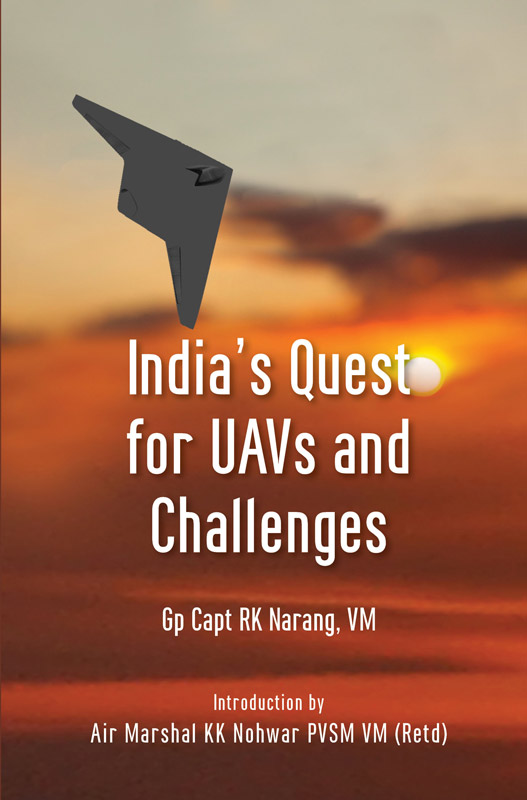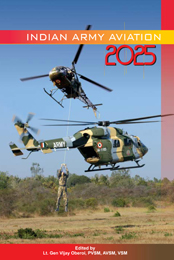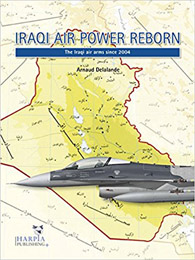Subjects
Recent View(s)
India’s Quest for UAVs and Challenges
RK Narang
Unmanned Aerial Vehicles (UAVs) and Unmanned Combat Aerial Vehicles (UCAVs) having the unique ability to undertake long duration and risky missions have raised questions on the need for having a man in the cockpit, i.e. a manned aircraft. However, it is not easy for an intelligent UAV to imitate the capabilities of human beings and replace them in an aircraft. These aspects have been analysed while deliberating on the evolution of UAVs and UCAVs. The technological and regulatory challenges have a key role in the integration of UAVs in non-segregated air space and this book examines various initiatives taken by India and other countries to facilitate optimum exploitation of civil Remotely Piloted Aircraft Systems (RPAS). This book provides an insight into UAV development by India and its two immediate neigbhours, i.e. China and Pakistan, who followed their respective distinct trajectories. It examines India’s endeavours in designing and developing aviation platforms and contribution of various stakeholders to assess the challenges that prevent transformation of its aviation designs into successful products. Thereafter, a roadmap is proposed to make its aviation ecosystem a robust one, which is essential for India to succeed in its quest for UAVs through ‘Design and Make in India”.
This book is likely to appeal to policy makers, military and civil aviation professionals, DRDO, HAL, private industry and aviation enthusiasts.


 Political Science
Political Science


